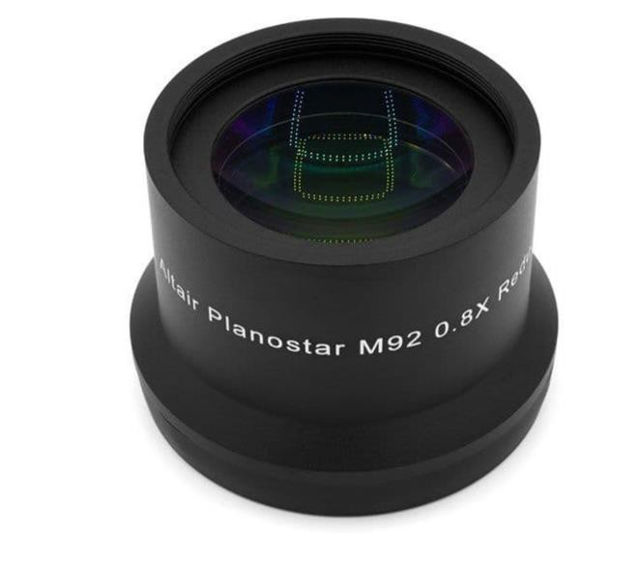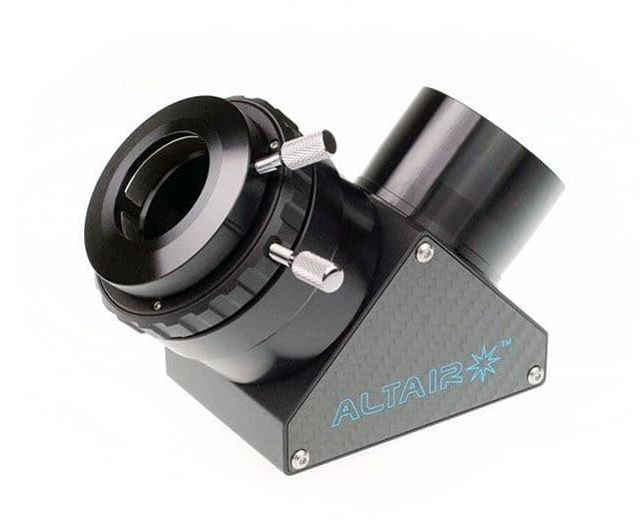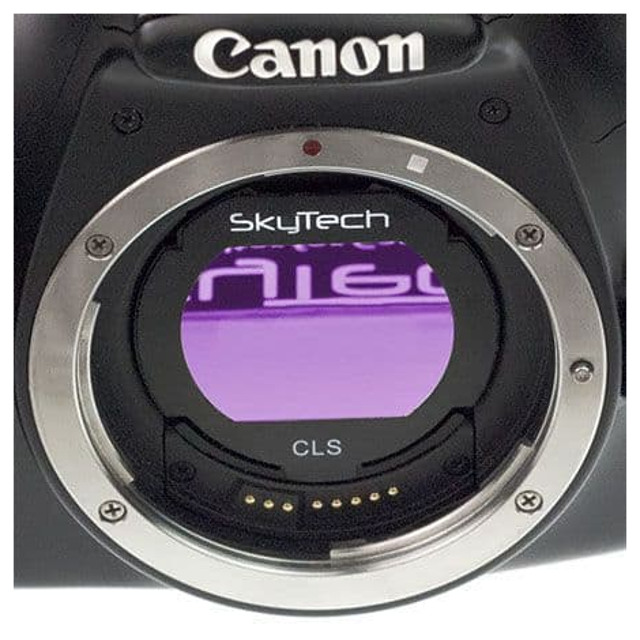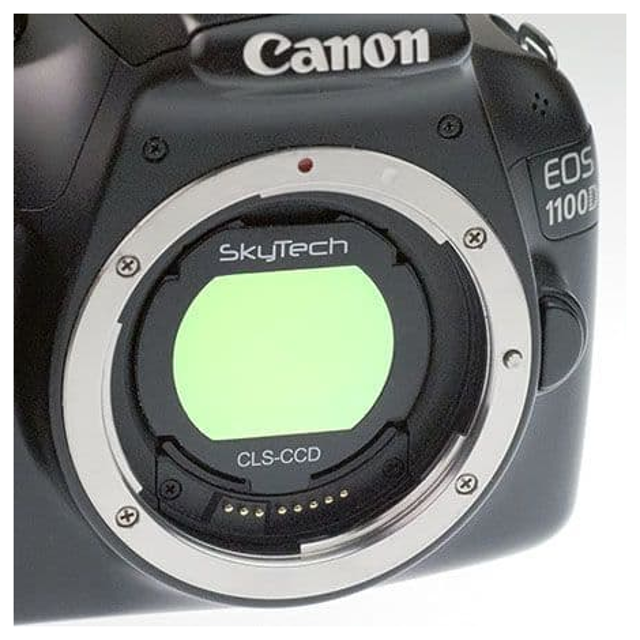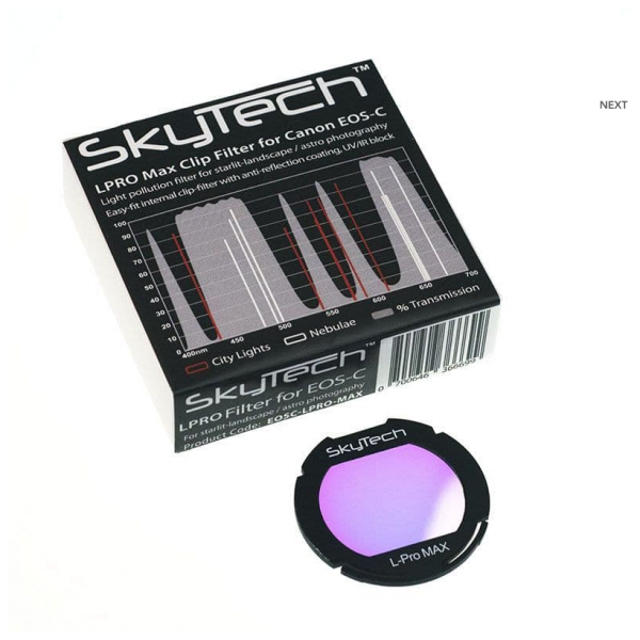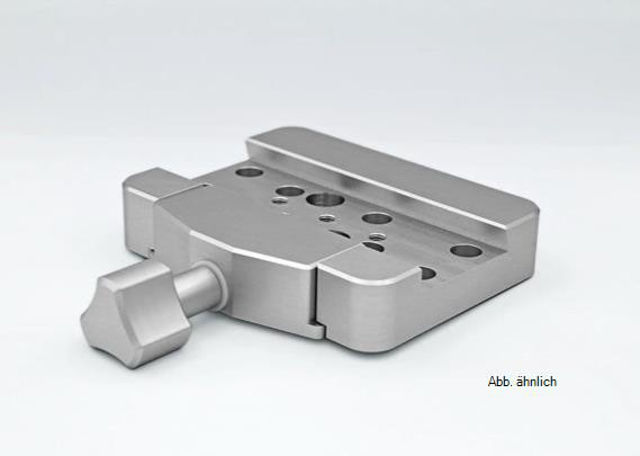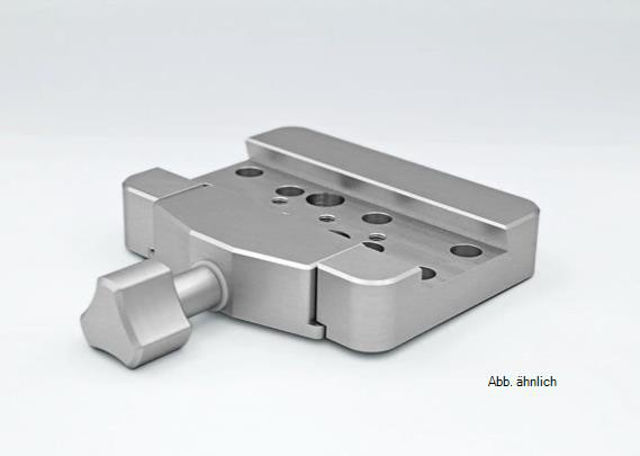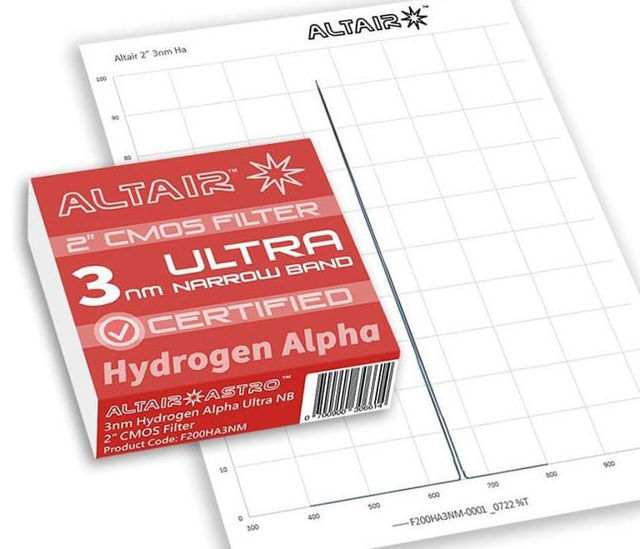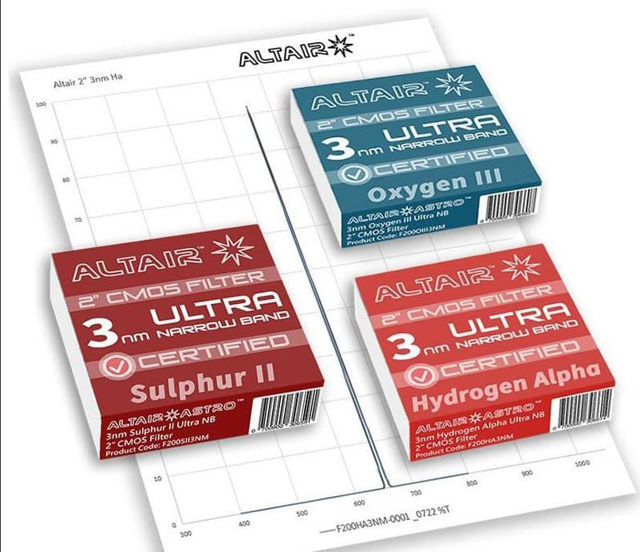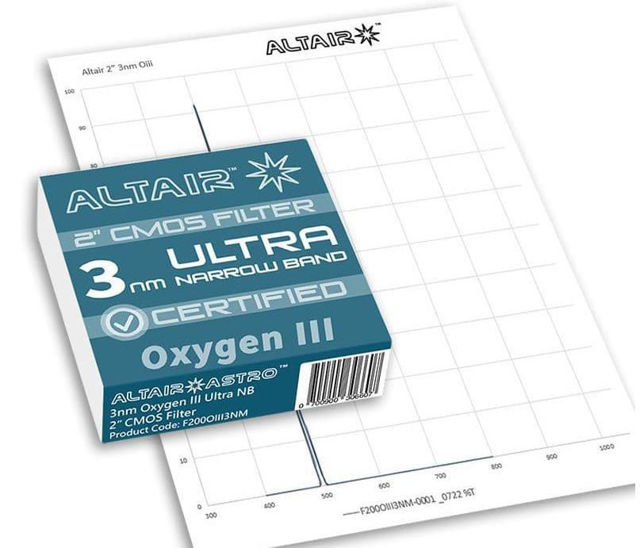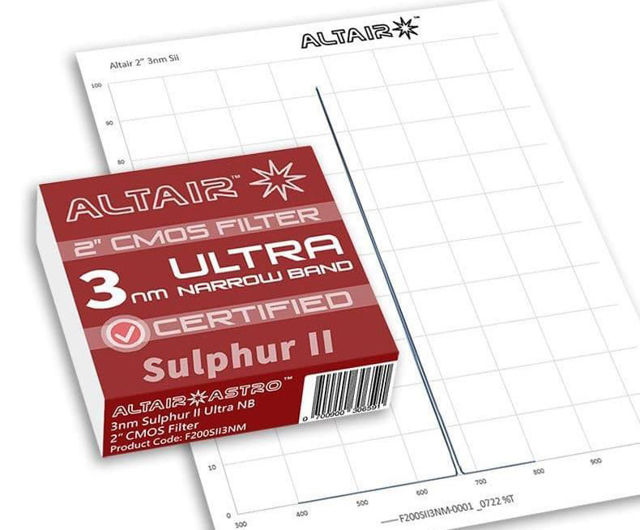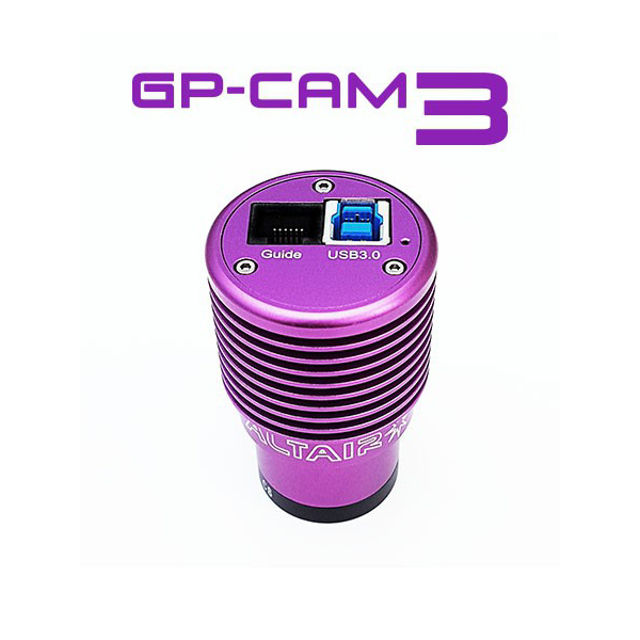Altair Astro

Altair Astro manufacturer of high quality astronomical accessories
Manufacturer in England of high quality accessories and distribution of CCD cameras. APM is a partially authorized dealer for Germany.
This reducer / field flattener is designed to work with the Altair Astro Wave 150EDF refractors with 3.7" focuser. It has an M48 rear thread adaptor for connecting your DSLR or CCD camera.
459.00 €
Estimated delivery time : 2-4 weeks
The Altair 2" premium diagonal with positive-lock system grips 2" accessories tightly with a small rotation of the top knurled ring, keeping them precisely centred.
189.00 € 170.00 €
Estimated delivery time : 2-4 weeks
Why choose a SkyTech DSLR Clip-Filter?
- It can be inserted or removed in seconds.
- All lens functions (focus, preview screen, image stabilization) work as usual.
- If you have a telescope with short space between reducer/flattener and camera and filter wheel, or a camera lens, a clip filter is the solution.
- It protects your sensor from dust build-up during long exposures when the mirror is up.
109.00 €
Estimated delivery time : 3-4 weeks
Why choose a SkyTech DSLR Clip-Filter?
- It can be inserted or removed in seconds.
- All lens functions (focus, preview screen, image stabilization) work as usual.
- If you have a telescope with short space between reducer/flattener and camera and filter wheel, or a camera lens, a clip filter is the solution.
- It protects your sensor from dust build-up during long exposures when the mirror is up.
149.00 €
Estimated delivery time : 1-2 weeks
Why choose a SkyTech Clip-Filter?
- It can be inserted or removed in seconds. All lens functions (focus, preview screen, image stabilization) work as usual.
- If you have a telescope with short space between reducer/flattener and camera and filter wheel, a clip filter is the solution.
- It protects your sensor from dust build-up during long exposures.
269.00 €
Estimated delivery time : 1-2 weeks
Universal HD Clamp for Sabre Mount
269.00 €
Estimated delivery time : 2-4 weeks
Vixen HD Clamp for Sabre Mount
179.00 €
Estimated delivery time : 2-4 weeks
The Altair Astro 3nm ULTRA filters are designed for astro imaging of nebulae with Mono CCD or CMOS cameras, blocking light pollution by cutting out the light pollution wavelengths. The filter blocks UV IR and has an anti-reflection AR coating to suppress halos around bright stars.
459.00 € 413.10 €
Estimated delivery time : 1-2 weeks
Narrowband H-Alpha, O-III and SII nebula filters from Altair for astrophotography with CMOS sensors for high contrast for telescopes with ~f/4.5
- optimized for CMOS sensors (Color and MONO)
- exact and narrow half-widths for optimal signal-to-noise ratio
- Identical filter thicknesses for homofocality
- Blackened edges
- The edge of the filter is sealed to prevent moisture penetration
- SiO2 coating for virtually unlimited lifetime
- Low-profile filter mount - height only 6 mm
- Certificate
1209.00 € 1088.10 €
Estimated delivery time : 1-2 weeks
The Altair Astro 3nm ULTRA filters are designed for astro imaging of nebulae with Mono CCD or CMOS cameras, blocking light pollution by cutting out the light pollution wavelengths. The filter blocks UV IR and has an anti-reflection AR coating to suppress halos around bright stars.
558.00 € 502.20 €
Estimated delivery time : 1-2 weeks
The Altair Astro 3nm ULTRA filters are designed for astro imaging of nebulae with Mono CCD or CMOS cameras, blocking light pollution by cutting out the light pollution wavelengths. The filter blocks UV IR and has an anti-reflection AR coating to suppress halos around bright stars.
558.00 € 502.20 €
Estimated delivery time : 1-2 weeks
GPCAM3 178C USB3 Monochrome Guide / Imaging / EAA Camera The Altair GPCAM3 178M Monochrome camera has the sought-after Sony IMX178 Mono CMOS sensor, with extremely low read noise, wide dynamic range, and 6.3mp resolution (over 4K!). SPECIAL OFFER! FREE 1 YEAR SharpCap PRO License with all Altair GPCAM3 Cameras! Click here for more SC PRO feature info. Just download the latest SharpCap, connect your camera, register when the screen pops up and sign up for your free license. Sharpcap PRO has the amazingly accurate guidescope polar alignment routine, focus assistance, live flat field subtraction and many more great features to make deepsky, EAA or solar system imaging that much easier. Download SharpCap now to take advantage of this special offer. Solar system imaging: The GPCAM3 178M is also capable of solar. lunar, or planetary imaging (video capture) allowing detailed images with refractors of less than 3 metres focal length, where small pixels (only 2.4x2.4um), high frame rates, and low read noise get the most detail. The ROI (Region of Interest) feature can be used for even higher frame rates when imaging the planets, sun or moon at high magnification. EAA & Video Astronomy: The GPCAM3 178M is particularily attractive for Electronically Assisted Astronomy / Video Astronomy because of it's high 6.3 Megapixel resolution and high sensitivity thanks to Sony STARVIS back-side-illumination (BSI) and Exmor-R technology. Using the Live Stacking features in the free AltairCapture software or SharpCap PRO). Time-lapse all-sky imaging and video is fully supported, and the camera can be used with a DSLR lens to image large areas of sky. Deepsky astro-photography: Camera has amp glow suppression, and you can effectively remove any remaining amp glow by using the "Live" darkframe subtraction in AltairCapture or SharpCapor, or with with darkframes during processing as usual. To get an idea of what this camera is capable of, click here to view a lunar image by UK customer Neil Phillips (with Hypercam using same sensor).(Opens new window, compressed .JPEG file) To sum it up, the most desirable features of the IMX178M sensor are: Large 6mp sensor 7.37 x 4.92mm SONY STARVIS and Exmor R Technology with a sensitivity of 2000 mV or more per 1µm² Low read noise, approx. 0.9- 2.2e electrons (e-) or more. Saturation (full well) capacity approx. 15Ke- electrons (e-) High Dynamic Range with 14 bit ADC for high image quality in both light and dark (high contrast) areas. Speed and reliability in one camera: USB3.0 and on-board memory buffering give much faster transfer speeds than the GPCAM USB2.0 series, pushing the USB3.0 format to the limit, yet within a stable envelope. Memory buffering almost completely eliminates dropped frames and corrupted video files, a common problem with USB cameras, and enables faster more consistent frame rates, even with less powerful notebook computers. Consistency and stability is improved for video capture sequences - especially desirable for scientific applications. QUALITY software and drivers included: Unlike cheaper cameras, Altair Astro has spent considerable time developing the extensively featured and intuitive AltairCapture software, which can be downloaded from cameras.altairastro.com. AltairCapture is a stable 64 bit Windows application, which allows full control of the camera in high speed video or still mode. It includes extensive automation features, and supports all the major file formats useful for astro imaging and professional scientific imaging in 14bit or 8bit mode. Furthermore, the popular PHD Guiding, SharpCap PRO , APT and NINA are also natively supported. ASCOM drivers are also available for download at cameras.altairastro.com where you can also get regular driver updates. The installation process is easy, and unlike with cheaper cameras, you don't need to be a computer expert to make your camera work. Wide compatibility: Although the GPCAM3 is a USB3.0 camera, it is also fully compatible with USB2.0 ports when a longer cable and less speed are required, for example in deepsky or video astronomy using the live stacking features in AltairCapture or Sharpcap. Windows 7 to Windows 10 software is widely supported by AltairCapture in 64bit mode (see technical info for details). Autoguiding: The camera has an ST4 auto-guiding port, and can be used to auto-guide with mounts from all the major manufacturers supporting ST4 format, including iOptron, Celestron and Skywatcher. The sensor is more than sensitive enough for autoguiding. Support & warranty: Altair delivers proper on-shore English-speaking UK/EU support with a 2 year manufacturer warranty against defects in materials and workmanship. Now just try that with a Chinese camera! New users should definitely visit the Altair Astro Google User Group where you can get answers to technical questions, as well as sharing tips and techniques, to get the best out of your camera. The AltairCapture software interface supports most European languages including English, German, French, Indonesian, Japanese, Korean, Polish, Russian, Chinese, Spanish, Thai, and Turkish. File formats: The camera can be fully controlled in AltairCapture and SharpCap to output uncompressed .AVI and .SER video files for solar system imaging, as well as all common still image formats such as .JPEG .PNG .TIFF .BMP, and .FITS (for deepsky imaging) to mention just a few. The IMX178 Sensor supports 8bit or 14bit ADC output. The 14 bit output mode can be used for deep sky imaging with less frames needing to be stacked and a wider pixel intensity range. The sensor sensor is extremely sensitive and a good candidate for video astronomy, especially with small refractors (final .FITS file is stretched to 16bit for post processing compatiblility). Find out more about bit depth here. Find out more about video & file formats here. What’s different about the GPCAM3 platform compared to the GPCAM1 and GPCAM2? GPCAM3 has additional electronics for USB3.0 support, and to make space for the FULL SIZE USB3.0 connector. (We feel USB micro connectors are not a good idea for imaging because they don't maintain a reliable connection and wear easily, so we used full-size dual port connectors on this camera). Better control with Trigger Mode: "Trigger Mode" is fully supported to make long exposures of over 5 seconds easier to control. With most CMOS cameras, in normal video mode, the camera controls are "locked up" during a long exposure, so you have to wait for the exposure to complete before the camera will accept any commands. So you have to wait to abort a frame if a cloud covers the view, or make routine changes, say gain (ISO), exposure duration, re-aligning or refocusing on the object. However in "Trigger Mode", you can now stop the camera instantly (even if you are half way through a long 30 second exposure) change the settings, and re-start the camera looping again. For long exposures "Trigger Mode" is essential. Of course you can use normal video mode at up to 5 second exposures for video astronomy and solar system imaging. The GPCAM3 also has improved circuitry to improve data transfer stability at high frame rates (reducing dropped frames) and to increase compatibility with a wider range of PCs. This gives a more consistent data transfer rate over USB buses on laptops or desktop PCs. Included in the box: Camera body. 1.5m High-speed USB3.0 cable. 1.5m ST4 guide cable. 1.25 inch x nosepiece with female 1.25" filter thread on the front. (Optional 2" OD Nosepiece with dual 2 and 1.25" filter threads is available, code GPCAM-2IN) CS-Mount insert (12.5mm back-focus) is pre-installed on camera. (Optional 5mm extension adapter is available for C-Mount lenses requiring 17.5mm back-focus.) UV-IR Blocking Filter with Anti-Reflection coatings. (Removable for sensor cleaning). Plastic dust cap 1.25". Silicon dust cap for sensor. Note: This camera does not come with software in the box. To operate the camera you will need to download the latest camera drivers at cameras.altairastro.com (opens new window) Specifications: Sensor type: 1/1.8 CMOS IMX178 Horizonal Resolution: 3040 Pixel Vertical Resolution: 2048 Pixel Pixel: 6Mpx Pixel size: 2.4µm x 2.4µm Bitrate: 8bit/14bit Connections: USB 3.0 Power Supply: with USB Connection to telescope: 1.25 Inch Maximum exposure length: 5s, with Triggermodus 16 Min. Software: download
Item condition: new and original packed
Item condition: new and original packed
439.00 €
Estimated delivery time : 1-4 days

